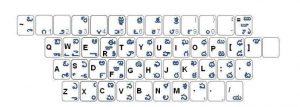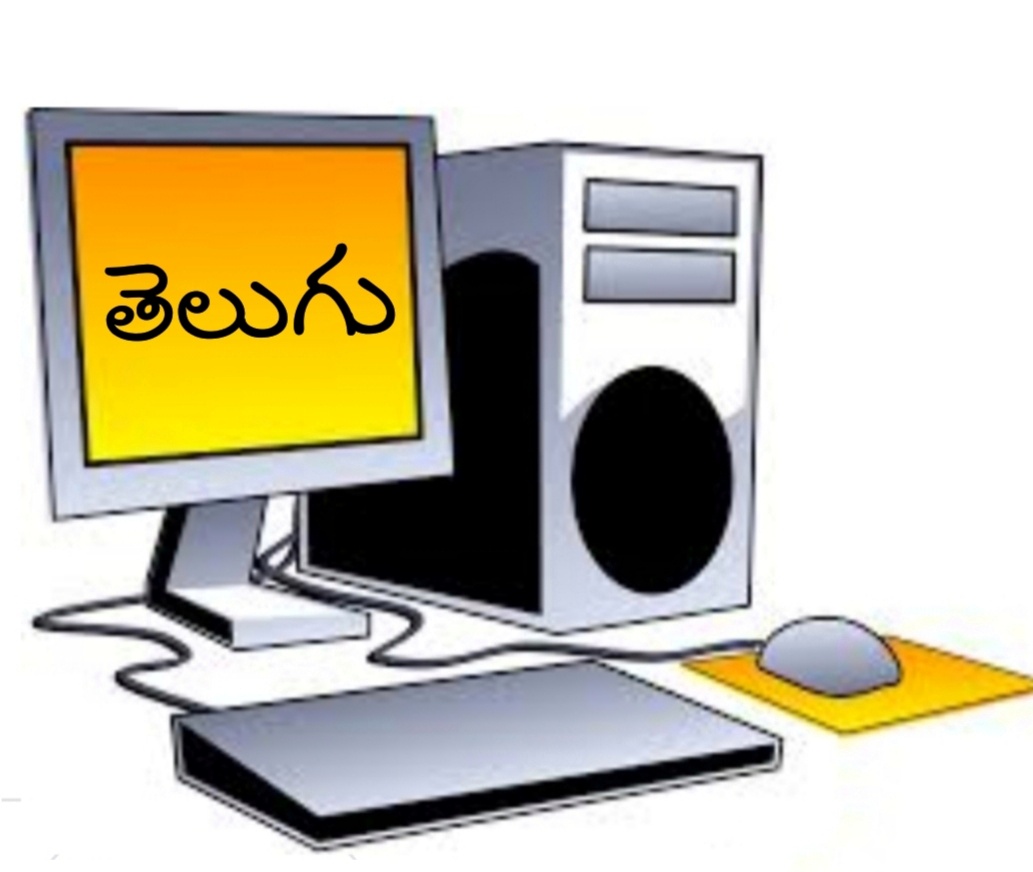
Telugu typing- A Beginning
(Chapter-2)
-Dr Geeta Madhavi Kala
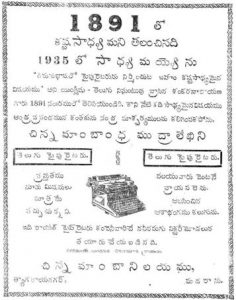
In October 1923, Sri Didugu Venkata Narasimharao from Guntur announced for financial assistance to make a Telugu Typewriter. Later in December of the same year, Acharya from Konda gadapa, a village near Bhuvanagiri in the Nizam’s kingdom, announced that he had the technology necessary to make the first typewriter in Telugu.
The Telugu Typewriter became available to the public after 13 years in 1935 in the name of “Chinnamamba Mudra Lekhini”.
Eventually, Panagal Raja’s efforts resulted in the creation of a typewriter capable of typing in both English and Telugu.
From then typewriting has become the foremost necessary skill that every Telugu student in the tenth grade should learn from. Until the 1980s, there was a typing institute in every street that could fulfill a student’s dream.
In almost every office, a typist was special position which was a must in those days.
In the days of typing livelihood, if the type is well learned Typist jobs were guaranteed, and shorthand was an extra qualification for a clerk or a secretary, which were considered as great job positions.
Telugu Typewriter was used for more than half a century and has been the key to the keyboard of the early days of Telugu computers.
To type in Telugu on a keyboard is not just placing Telugu Alphabets in the place of English Alphabets like in Typewriter. On a Typewriter, a typed page can be printed out on a white paper and taken out immediately. But a printer is also required to get a printout after typed matter appears on the screen on a computer. The difference between a Typewriter and a Computer is that a page can be printed out just once (with carbon paper probably two or three copies at most) using a Typewriter. However, once typed on the computer can be safely saved in one place and there is no limit on printouts. This is just one of the use cases of computers.
The Typewriter has limited purposes such as for office files, book publishing, magazines, scriptwriting for movies and drama etc.
Due to the emerging usages of Telugu on computers caused the great demand for Telugu typing.
Let’s keep the use cases aside and look at the beginning stage of Telugu keyboards.
As said earlier, it’s not just placing Telugu Alphabets in the place of English Alphabets.
It is also necessary to get accurate vowel and consonant ligatures and conjuncts as they are while executing the process.
“Inscript Keyboard” is the basic step for Telugu Keyboard with Telugu letters printed on the Keyboard. This is a traditional keyboard that started in the style of type missions. It is the basis of smartphone keyboards which can be easily toggled between Telugu and English.
The word Inscript comes from the Indian Script. The Inscript Keyboard layout was developed by the Department of Electronics, Government of India in 1986. All these letters are defined in the IISCI standards.
This can be done with the general Qwerty keyboard which was usually used by overlaying the existing inscript letters with the English letters.
As shown here, a Telugu letter is attached to each key on English Qwerty keyboards.
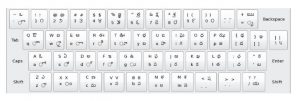
A great effort is needed to identify and understand the typing system by memorizing and practicing letters on the Inscript Keyboard. Once the keyboard is mastered, typing can be done easily and quickly.
Let me explain the technical details of Telugu typing on the computers, by Suresh Kolichala in his article published in eemaata.
“Computers mainly work with digits. A number would be allocated to each letter or phone. Prior to Unicode entry, ASCII had only 128 code points, the universal standard for assigning numbers to letters in a language. These symbolic spaces are not suitable for the full deposition of all letters and punctuation needed for the English language. Up to 256 code spaces can then be used in Extended ASCII standards built for additional characters in other European languages. In those days without Typesetting software, it was not possible to directly show characters in other world languages such as Telugu.
The ASCII (American Standard Code for Information Interchange) is the ASCII code, which is the standardization code for each character in order to be able to pass data from one computer to another.
See the ASCII table from the 1972 Printer Manual below.
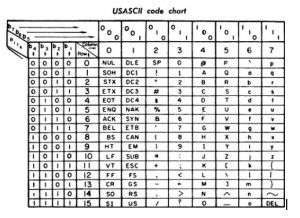
Here is the first effort in the history of Telugu typewriting,
“The TeX (TypeX) system built by Kanut was widely used in universities and research institutions in those days. TeluguTeX (TeluguTeX), an extension of LaTeX, is the first effort in Telugu typing history, with MetaFONT macros required for Telugu characters, and based on the TeX printing system. It was created in 1990-1992 by Lakshmi Mukkvalli and Laxman Kumar Mukkavalli from Iowa State University.
However, it had been difficult for any programmer to install TeluguTeX on their Unix machines and make it work. In addition, the phonetic input scheme which was used by TeluguTeX was somewhat inconsistent and erratic.
“Phonetic Input” is typing based on the pronunciation. It means retrieving Telugu letters by typing purely in the English script without Telugu characters on the keyboard. Telugu letters are created with the existing English letters and symbols.
But there are hidden complications in the “Phonetic input” method. One of the great challenges is to create Telugu characters with English characters that are specific to the Telugu language. Hence a better approach is required. Let’s talk about it in detail in the next chapter.
*****

